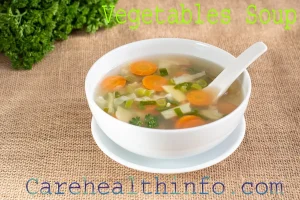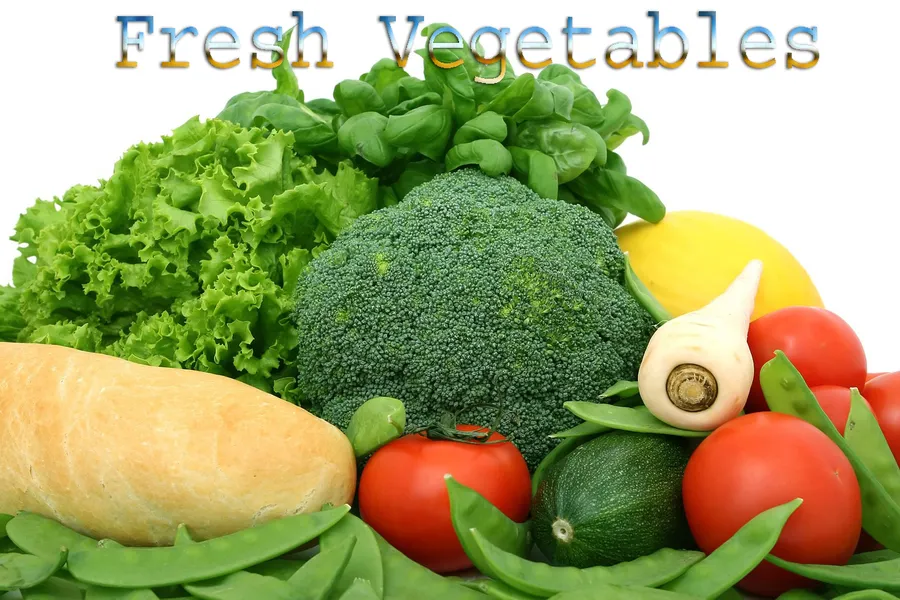It’s an amazing milestone when your baby starts eating solid foods. Stage 1 baby food vegetables are a great way to start this journey.
These pureed veggies are gentle on tiny tummies and packed with nutrients. As your baby grows, introducing vegetables early helps build healthy eating habits. Essential vitamins are found in stage 1 foods such sweet potatoes, peas, and carrots.They are easy to digest and can help your baby explore new flavors.
Starting with simple, single-ingredient purees ensures that you can monitor for any allergies. Plus, these vegetables can be made at home or found in stores. Understanding the benefits of these first foods can make feeding time fun and nutritious. Let’s dive deeper into the world of Stage 1 baby food vegetables.
What is Stage 1 Baby Foods
Nutrients are very important for a baby’s growth. They help in building strong bones and healthy organs. Stage 1 baby foods provide essential vitamins and minerals. These foods are simple and easy to digest. They help babies learn to eat.

Stage 1 baby foods mainly include pureed vegetables.Sweet potatoes, peas, and carrots are popular options. These vegetables are packed with nutrients. They support a baby’s development. Each vegetable has unique benefits. For example, carrots are good for vision. Peas provide protein for energy.
| Vegetable | Benefits |
| Carrots | Good for vision |
| Peas | High in protein |
| Sweet Potatoes | Rich in vitamins |
Selecting Vegetables For Infants
Choosing the right vegetables for babies is important. Look for fresh and organic options. Avoid vegetables that are highly allergenic. Common allergenic veggies include carrots and spinach. Some babies may react to these foods.
Start with simple and mild flavors. Examples are sweet potatoes and peas. These are often easier for babies to digest. Always cook vegetables until they are soft. This helps prevent choking.
Check for pesticide residues on non-organic veggies. Washing them well can help. If unsure, consult with a pediatrician for the best choices.
The Best Vegetable Options
Sweet potatoes are a great choice for babies. They are soft and easy to mash. Their natural sweetness makes them tasty. Rich in vitamins and fiber, they support healthy growth. Start with a small amount. Watch for any reactions.
Carrots are another excellent option. They provide more than just beta-carotene. Carrots are crunchy and colorful. Puree or steam them for a smooth texture. They help with vision and immune health. Introduce them slowly too.
Preparing Vegetable Purees
Cooking vegetables the right way keeps their nutrients. Steaming is a good choice. It uses less water and cooks quickly. This method keeps the flavor and color. Boiling can lose important vitamins. If you boil, use less water.
Always cook until they are soft. This makes pureeing easier. After cooking, let them cool a bit. Use a blender or food processor. Add water to get the right texture. Straining helps if you want it smoother.
Watch for lumps. They can be hard to eat. Keep trying different vegetables. Each one gives different nutrients. Enjoy making healthy food for your baby!
Organic Vs. Non-organic Choices
Organic vegetables are grown without harmful chemicals. They help keep your baby safe. No pesticides means less risk for little ones. Organic foods often have more nutrients too.
Non-organic vegetables may have pesticides. These are chemicals used to kill bugs. Some studies say they can stay on the food. Washing can help, but may not remove all of them.
Choosing organic means choosing health. It is good for the environment too. Many parents prefer organic for their babies. It gives them peace of mind.
Feeding Schedules And Portions
Introduce new vegetables slowly. Start with one new vegetable each week. This helps your baby adjust.
Observe any responses.Wait three days before adding another new food.
Portion sizes for Stage 1 feeding are small. Start with 1 to 2 tablespoons of pureed vegetable. As your baby develops, gradually increase the amount. Always pay attention to your baby’s appetite.
Here’s a simple guide:
| Vegetable | Portion Size |
| Carrots | 1-2 tbsp |
| Sweet Potatoes | 1-2 tbsp |
| Peas | 1-2 tbsp |
| Squash | 1-2 tbsp |
Combining Vegetables With Other Foods
Introducing variety in your baby’s diet is important. Start by combining vegetables with other foods. This makes meals more exciting and tasty.
Pairing vegetables with fruits can create yummy flavors. For example, mix carrots with apples or peas with bananas. These combinations are nutritious and fun for your baby.

Another great option is mixing vegetables with grains. Try adding sweet potatoes to rice or spinach to oatmeal. This adds texture and keeps meals interesting.
Experimenting with different combinations can help your baby enjoy new foods. Keep trying until you find the perfect mix!
Addressing Digestive Concerns
Infants can face digestive issues. Common problems include gas, constipation, and reflux. These can make babies fussy and uncomfortable.
Gas is a frequent issue. It occurs when babies swallow air while feeding. This can cause pain. Constipation happens when babies have hard stools. It may lead to straining during bowel movements.
Reflux is another concern. It happens when food comes back up. Babies may spit up after eating.
Consult a pediatrician if digestive issues persist. Seek help for severe discomfort or changes in feeding habits. Early advice can help ensure your baby’s health.
Monitoring Baby’s Response
Watching your baby eat is exciting. Each bite helps you learn about their tastes. Observe their preferences and dislikes. Offer different vegetables to see their reaction. Sweet potatoes, carrots, and peas are great starters.
Identifying food preferences can be fun. Keep a food diary to track what they enjoy. Note any signs of dislike, like turning away or spitting food out. This helps you know which vegetables to try again later.
Watching for adverse reactions is important. Look for signs of allergies, like rashes or upset stomach. If any reaction occurs, stop feeding that vegetable.If you’re not sure, always ask your doctor.
Storing Homemade Baby Food
Storing homemade baby food is simple. Use clean containers to keep food safe. Glass jars or plastic containers work well. Always label your food with the date. This helps you remember when to use it.
Freezing baby food is a great option .Fill ice cube trays with pureed vegetables.Once frozen, transfer the cubes to a freezer bag. This makes it easy to thaw small portions.
Put the frozen cubes in the refrigerator overnight to thaw. You can also use a microwave, but watch the temperature. Always stir well to avoid hot spots.
Frequently Asked Questions
What Are The Best Stage 1 Baby Food Vegetables?
Some of the best Stage 1 baby food vegetables include sweet potatoes, peas, carrots, and butternut squash. These veggies are healthy and easy for infants to absorb. They provide essential vitamins and minerals necessary for your baby’s growth and development.
Always introduce new foods one at a time.
When Can Babies Start Eating Vegetables?
Babies can start eating vegetables around six months old. They usually demonstrate their readiness for solid foods at this point. It’s crucial to consult your pediatrician before introducing solids. Start with pureed vegetables to ensure easy digestion and minimize the risk of choking.
How To Prepare Stage 1 Baby Food Vegetables?
To prepare Stage 1 baby food vegetables, wash and peel the vegetables. Steam or boil them until soft. For a smooth consistency, mix them with water or breast milk. This ensures the food is safe and easy for your baby to swallow.
Are Store-bought Baby Food Vegetables Healthy?
Store-bought baby food vegetables can be healthy if chosen wisely.Choose products without added preservatives or sweeteners. Organic brands often provide higher quality ingredients. Always check the labels to ensure they meet your baby’s nutritional
Final thoughts
Choosing the right vegetables for Stage 1 baby food is important. Simple, pureed options work best. They help babies explore new tastes and textures. Always introduce one vegetable at a time. This helps spot any allergies. Fresh, organic vegetables are ideal.
They offer the best nutrition. Remember, patience is key. Let your baby enjoy each meal. With care and attention, mealtime can be a joyful experience. Happy feeding!

